
For some, this city will forever remain Saigon. For others, it is really Ho Chi Minh City. Whatever its name, it stays for travelers a Pearl of the Far East, for young Vietnamese a Promising Land and for most foreign businessmen the economic center of the country.
Saigon – the city of a thousand faces.
What is today known as Ho Chi Minh City was until the 17th century, a small port town inhabited by Khmer people and named Prey Nokor. In 1623, Vietnamese refugees fled from the civil war in Vietnam and settled in town with the permission of the king of Cambodia. Gradually, in the 18th century, more Vietnamese refugees migrated to this area and this place came to be known as Saigon. In the early 19th century, Saigon was named the capital of Cochinchina, a status kept until it was captured by the French in 1859.
After 95 years of French occupation and their defeat in Dien Bien Phu, after the division of Vietnam between the communist North and the capitalist South, it is finally the end of the colonial era. Saigon then enters the Vietnam War. The Americans took over from the French and landed in 1962 to defend South Vietnam. Saigon becomes the headquarters of the American military presence in Indochina. Hotel Rex serves as a residence for US officers and the terrace of the Continental Hotel crawls with war correspondents.
The departure of the Americans and the Communist victory marked the end of the Vietnam War. In 1976, Saigon officially became Ho Chi Minh City. Cut off from the world for 10 years, Saigon, since September 1991, resumed its growth and wants to compete with Bangkok and Hong Kong.
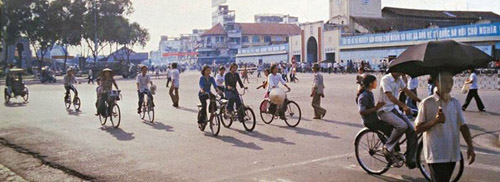
Legacies of the colonial era
France has left behind a cathedral, a post office, an opera house inspired by the Grand Palais, neoclassical administrative buildings and splendid hotels like the Majestic located in front of the river on Dong Khoi Street, formerly called Catinat street.
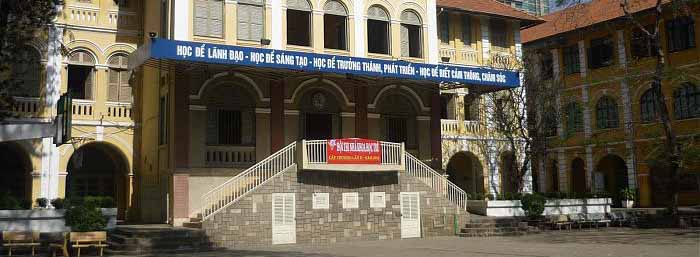
A rich gastronomy
Every few meters, you will be able to find a small local restaurant where a good meal never exceeds €2. Saigon cuisine is influenced by the Chinese, Thais and Cambodians, sweeter and spicier than northern cuisine.
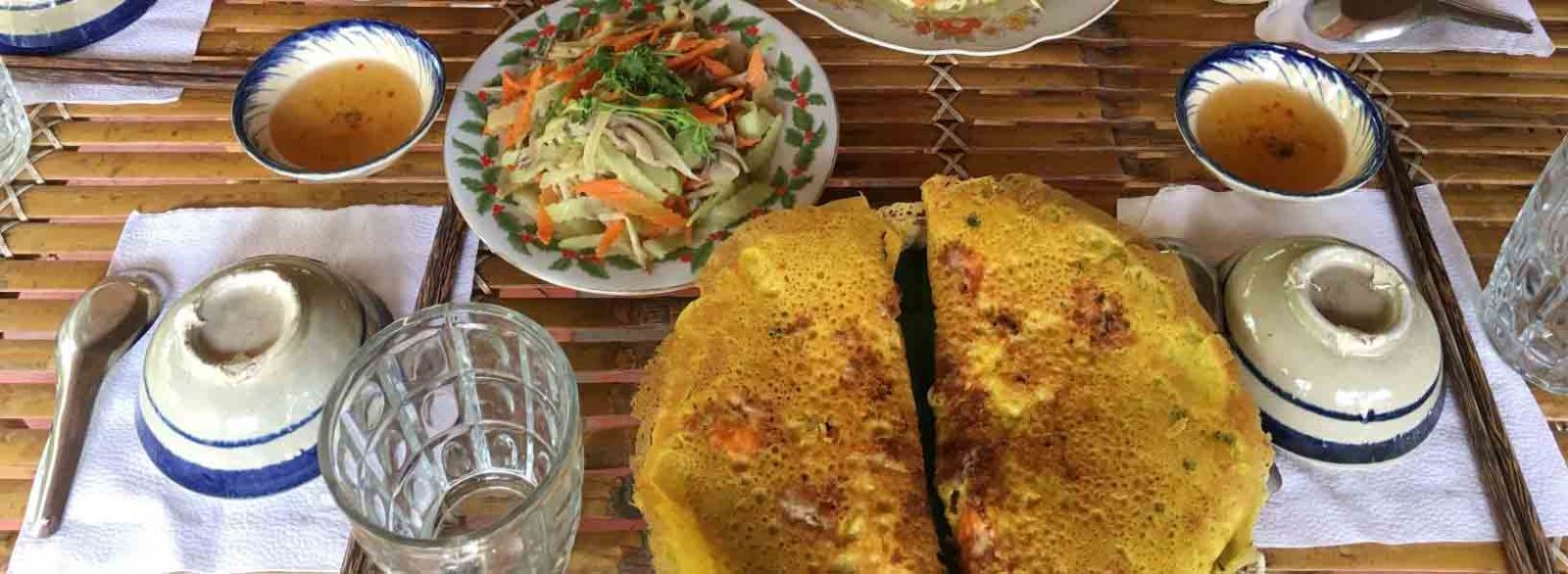
Cultural diversity
Over the centuries, Khmers, Chams, Chinese and Europeans have mixed with the Vietnames to form today one of the most cosmopolitan population of Southeast Asia.
Exploring Ben Thanh market is an exciting experience as you’re not only shopping but also feeling the energy and vitality of this place. A must-see!
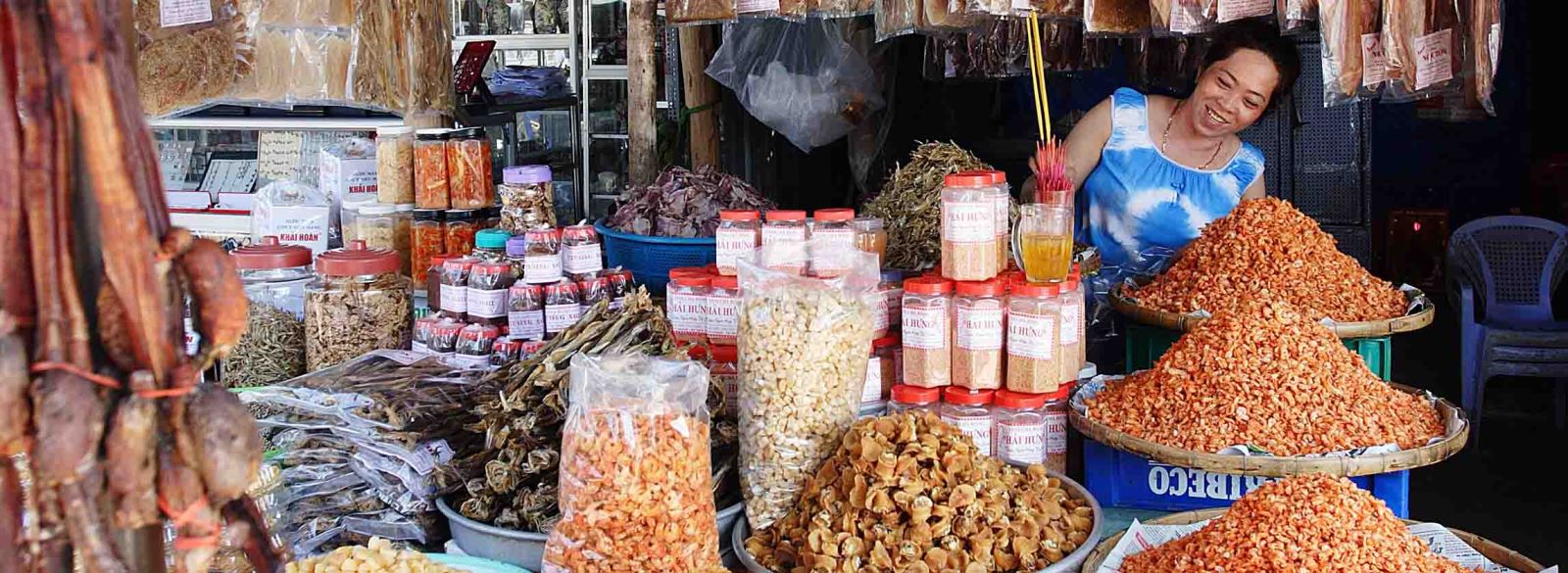
Stretching over more than half of District 5 and a large portion of District 6, Cho Lon is Vietnam’s largest Chinatown. Before merging with Saigon in the 1930s, Cho Lon was a city in itself. In the past, many Chinese refugees fled the war and relocated to Cho Lon, creating a Chinese community abroad. During the Vietnam War, they created a black market where soldiers and deserters could trade US military items and American products.
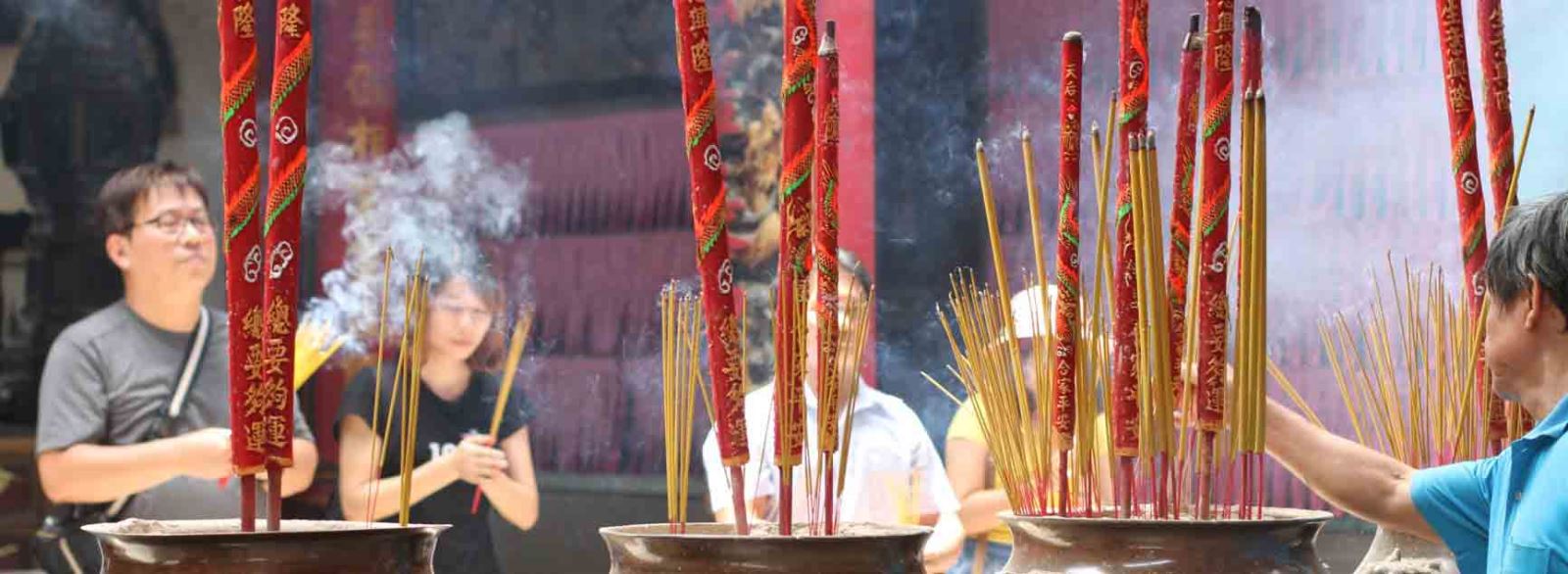
3. Notre Dame Cathedral and Central Post Office
The “Place de la Commune de Paris” is often chosen as the first place to discover the city. Located in the heart of the city, its two famous cultural sites, beautifully preserved remnants of French colonial times, can be visited together. They are the silent testimonies of a peaceful but dynamic city life.
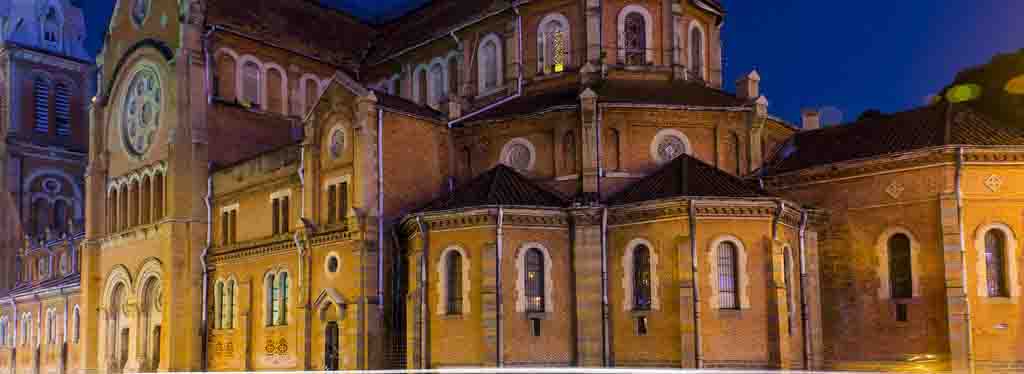
4. Cu Chi tunnels
The tunnels were used by Viet Cong fighters as hideouts, communication and supply routes, food stores, and hospitals. They didn’t really live there but used the infrastructure as storages or rallying points.
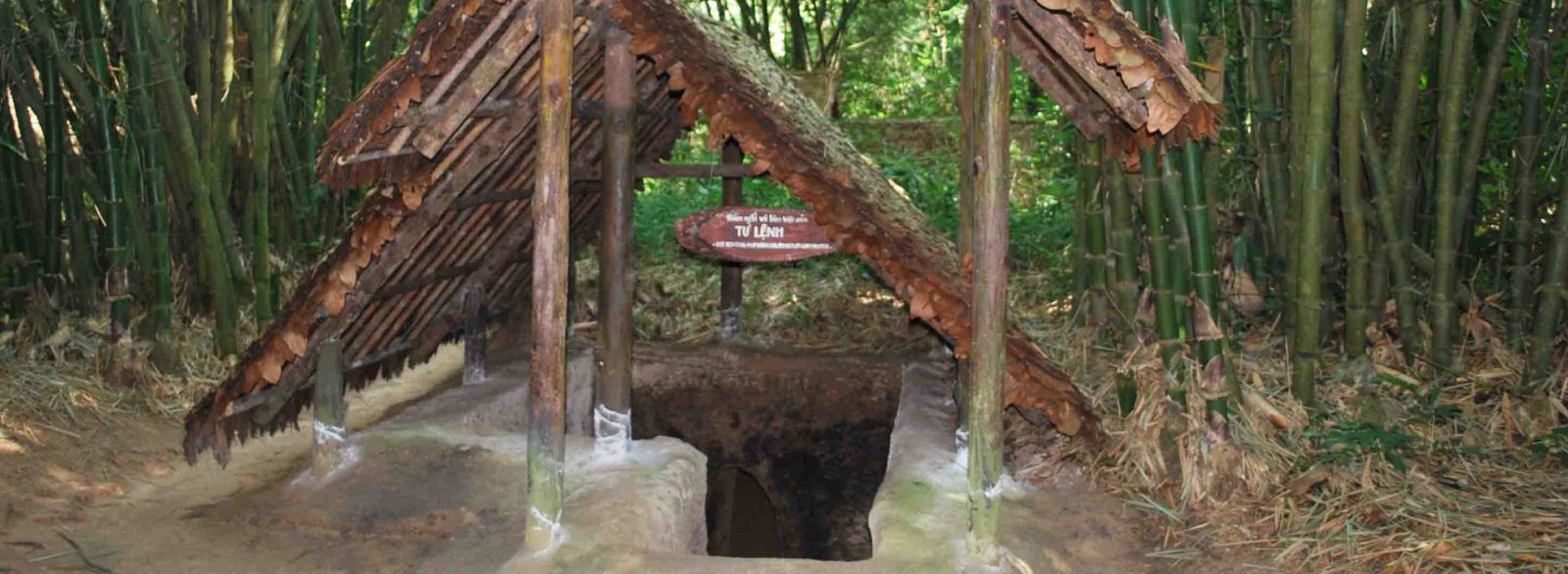
An immersion in the culture of ethnic minorities of Upper Tonkin
A journey related to nature, biodiversity and ecolodges to discover the lush nature of Vietnam
From Halong Bay to the Mekong coconut jungles, from craftsmen to the imperi
From the global geopark to the eighth wonder, from the indomitable Hmong to